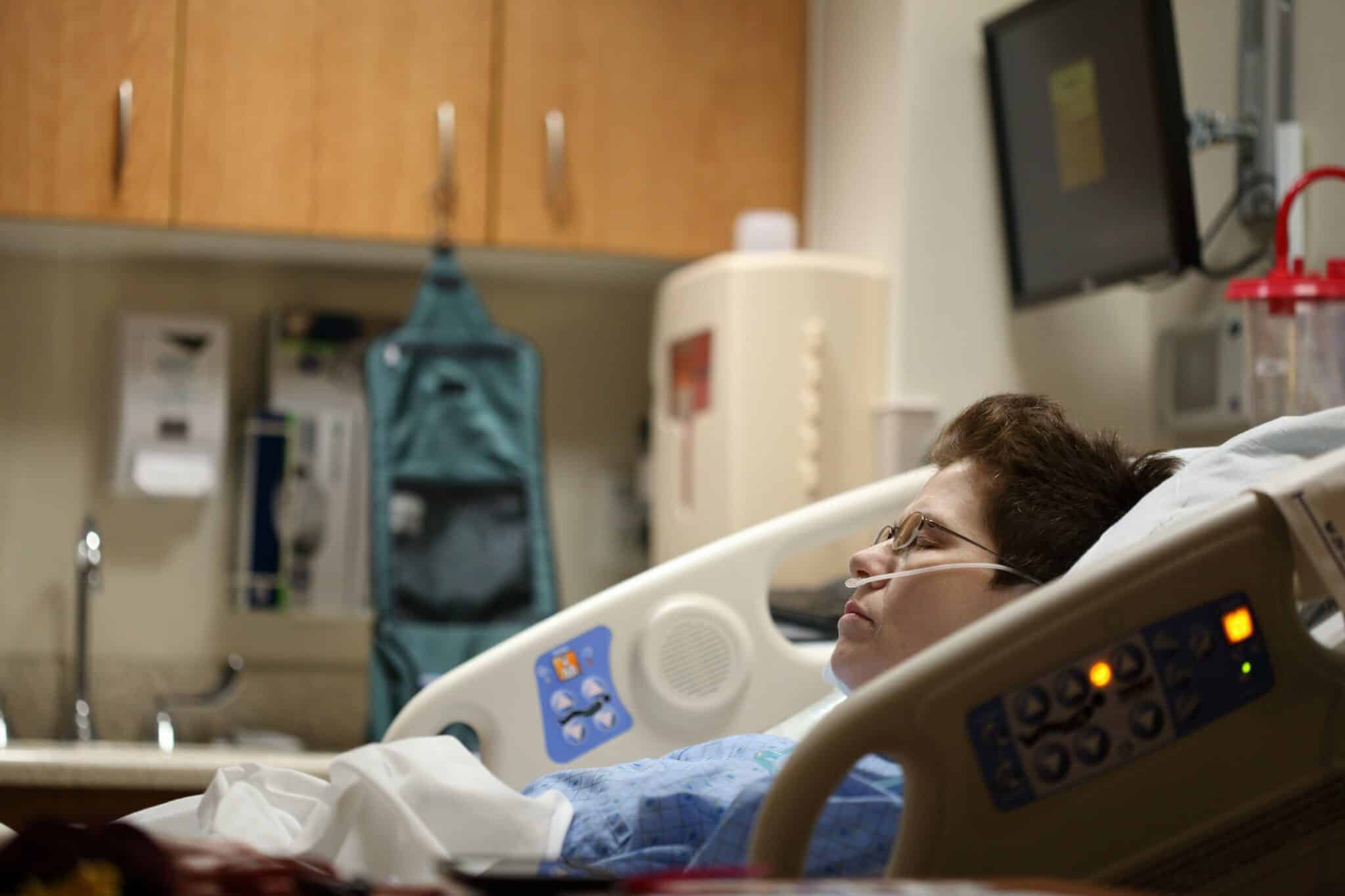The process of a patient transfer from one care provider to another is a delicate process that can be fraught with challenges. Whether transitioning from a hospital to home care, switching in-home care providers, or moving from one medical facility to another, patient transfers require careful coordination, clear communication, and meticulous planning. However, with the right strategies, these challenges can be effectively managed, ensuring a smooth transition that prioritizes the patient’s well-being.
In this blog, we will explore the common challenges associated with patient transfers and provide actionable tips on how to overcome them.
1. Lack of Coordination Between Providers
One of the most significant challenges in patient transfers is the lack of coordination between the outgoing and incoming care providers. Incomplete handovers, missing medical records, or discrepancies in patient histories can lead to confusion, miscommunication, and gaps in care. Patients with complex medical needs are particularly vulnerable to these lapses, which could result in delayed treatment or inappropriate interventions.
How to Overcome:
- Establish Clear Communication Channels: Both the sending and receiving providers should have clear, predefined communication channels. This ensures that all medical records, prescriptions, and care plans are accurately and promptly transferred. Advanced Care Partners, for example, emphasizes a smooth patient transfer process by ensuring collaboration between all involved parties, from the hospital to the home care provider.
- Standardize the Transfer Process: Implementing a checklist that includes all necessary medical information, documentation, and patient preferences can help prevent crucial information from falling through the cracks. This checklist should be part of the provider’s routine process for transfers, ensuring nothing is missed.
2. Inadequate Patient and Family Education
Patients and their families are often left feeling confused and overwhelmed during the transfer process, particularly if they are not adequately educated about the changes in care. Lack of information about new procedures, medications, or medical equipment can lead to errors in care once the patient arrives at their new destination, be it home or another facility.
How to Overcome:
- Comprehensive Family Training: Families should receive thorough training on their loved one’s care requirements, especially when transitioning to home care. This includes training on using medical equipment, administering medications, and monitoring for changes in the patient’s condition. Providers like Advanced Care Partners take time to educate families about their roles in care during and after the transfer, helping them feel confident in managing the patient’s health.
- Detailed Instructions and Support: Written instructions, accessible videos, or follow-up meetings with healthcare professionals can provide ongoing support to families. This helps reinforce knowledge and addresses any concerns that arise after the initial transfer.
3. Medical Record Gaps
Gaps in medical records during patient transfers are a common issue that can lead to adverse outcomes. Missing information about medications, allergies, or previous treatments may cause the new provider to make decisions without the complete picture, potentially putting the patient at risk.
How to Overcome:
- Implement Electronic Medical Records (EMR): Utilizing an EMR system that can be easily accessed by all parties involved in the patient’s care can reduce the risk of missing information. These systems can track the patient’s full medical history, treatments, and ongoing care, allowing for a seamless handover.
- Request Detailed Medical History: Before the patient transfer, request a comprehensive medical history from the outgoing provider. This should include details on the patient’s medications, treatment protocols, and any specialized needs. If any gaps are identified, they should be addressed before the transfer is completed.
4. Emotional Stress for Patients and Families
For patients and families, the patient transfer process can be emotionally stressful, especially for those with complex medical needs. The fear of leaving a familiar care setting, adjusting to new routines, and forming relationships with new caregivers can heighten anxiety.
How to Overcome:
- Provide Emotional Support: Providers should offer emotional support services to both patients and their families during the patient transfer process. This could include counseling services, peer support groups, or family liaisons who can address concerns and provide reassurance.
- Gradual Transitions: If possible, facilitate gradual transitions by allowing families and patients to visit the new care provider or meet the new care team beforehand. This can help ease anxiety and create a sense of familiarity before the actual transfer takes place.
5. Insurance and Financial Concerns
A major obstacle in patient transfers is navigating the complexities of insurance and financial coverage. Some patients may be worried about whether their new provider will accept their insurance, or they may face unexpected out-of-pocket costs if certain services are not covered.
How to Overcome:
- Clarify Insurance Coverage in Advance: Before the patient transfer, families should work with both the outgoing and incoming providers to confirm insurance coverage. Providers like Advanced Care Partners work closely with families to ensure they understand the financial aspects of the transfer, including what is covered by Medicaid, private insurance, or self-pay options.
- Financial Counseling: Offering financial counseling services can help families understand the potential costs associated with the transfer. This can reduce the stress of navigating the financial side of healthcare and help families plan for any potential expenses.
6. Logistical Challenges
Logistics are another significant hurdle in patient transfers, particularly for those who require specialized medical equipment, medications, or transportation. Delays in securing transportation or setting up home care equipment can cause the transfer process to stall, leading to unnecessary hospital stays or care gaps.
How to Overcome:
- Coordinate with Home Care Providers: It’s essential to ensure that all necessary medical equipment and home care services are in place before the transfer happens. Advanced Care Partners provides home care equipment and personal care support services, ensuring that families are fully equipped to manage their loved one’s care once the transfer is completed.
- Organize Specialized Transportation: If the patient requires specialized transportation, such as an ambulance or medical transport services, coordinate this well in advance to avoid any delays. Having an established plan can help minimize disruptions during the transfer process.
7. Lack of Continuity in Care
A major risk in patient transfers is the lack of continuity in care, especially when switching from one provider to another. Discontinuity can lead to confusion about treatment plans, medication management, and care responsibilities, which can significantly impact patient outcomes.
How to Overcome:
- Continuity in Care Plans: Providers should ensure that the patient’s care plan is transferred in full and understood by the receiving provider. For example, Advanced Care Partners ensures that their care team works with the family to create a seamless transition, aligning care plans and treatment protocols between providers.
- Regular Follow-Up: Schedule regular follow-up meetings between the new provider, patient, and family to ensure the care plan is being executed correctly and to address any issues that arise after the transfer.
Conclusion
Patient transfers come with numerous challenges, but with proper planning and coordination, these challenges can be overcome. Whether transferring from a hospital to home care or switching from one provider to another, it’s essential to prioritize clear communication, detailed planning, and emotional support for both the patient and their family. Providers like Advanced Care Partners help ease this transition by offering personalized care plans, educating families, and ensuring continuity of care, helping to mitigate the risks and stress associated with patient transfers.
By focusing on these strategies, families and providers can work together to ensure that patient transfers are handled efficiently and safely, leading to better outcomes for everyone involved.


